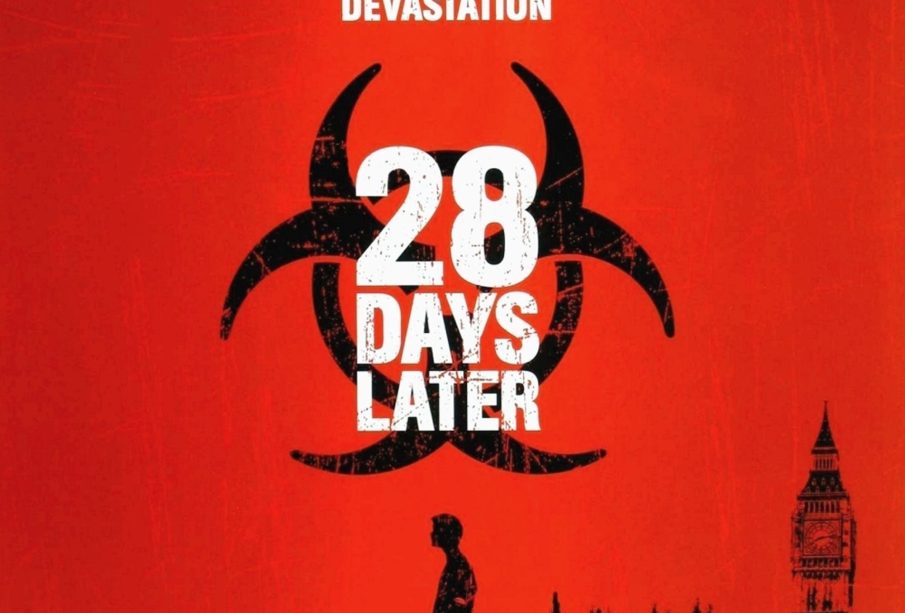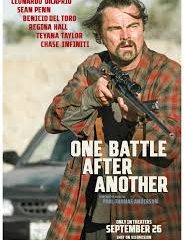28 Days Later: Revisiting a Revolutionary Zombie Film

Introduction
’28 Days Later,’ released in 2002, is a British post-apocalyptic horror film directed by Danny Boyle. It is widely recognized as a seminal work that not only revitalized the zombie genre but also changed the landscape of horror cinema. Featuring a gripping narrative and innovative filmmaking techniques, the film continues to influence both filmmakers and audiences alike.
Plot Overview
The story follows Jim, played by Cillian Murphy, who wakes up from a coma 28 days after a rage-inducing virus has devastated the UK. As he navigates through a London barren of life, Jim encounters other survivors, including Selena and Mark, who are equally trying to evade the ‘infected’—humans driven to aggression by the virus. The film delves into themes of survival, the collapse of society, and the nature of humanity under extreme stress.
Innovative Techniques and Impact
’28 Days Later’ is notable for its use of digital cinematography, a relatively new technique at the time, which allowed the filmmakers to achieve a raw and gritty aesthetic that enhanced the film’s eerie atmosphere. The haunting soundtrack by John Murphy further added to its emotional resonance. The film’s success demonstrated the potential of independent and low-budget filmmaking, leading to a resurgence of interest in horror films worldwide.
Cultural Influence
The impact of ’28 Days Later’ extends beyond its immediate success; it has influenced a generation of filmmakers and spawned a renewed interest in zombie narratives. The ‘infected’ concept introduced in the film shifted the focus from traditionally slow-moving zombies to faster, more threatening creatures, which would be seen in subsequent films like ‘World War Z’ and series such as ‘The Walking Dead.’
Conclusion
Over two decades since its release, ’28 Days Later’ remains a critical reference point in horror cinema. It successfully combined societal commentary with thrilling entertainment, prompting discussions about human nature during crises. As modern viewers continue to face their own societal challenges, the relevance of the film persists, reinforcing its status as a modern classic. Its influence can still be felt in contemporary media, showcasing the enduring power of effective storytelling in any genre.









